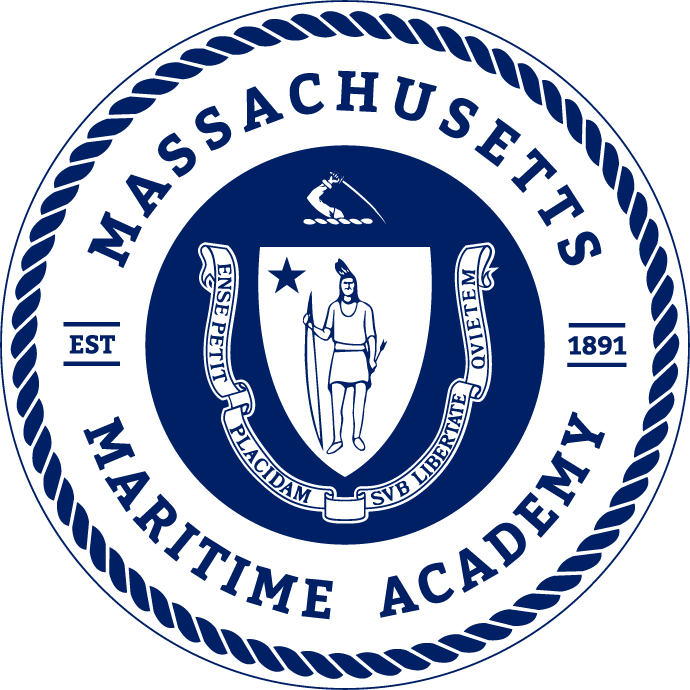Course Description
A study of the rules and regulations that govern marine inspection, lifesaving, fire fighting, and environmental pollution. This course prepares future licensed officers for shipboard responsibilities including: maintenance and use of lifesaving equipment, maintenance and use of fire fighting equipment, confined space entry, emergency situations, and pollution prevention and abatement. Case studies of marine casualties are used to apply the concepts and theories of marine safety. The course provides the student with a mix of critical analysis, application, and communication.
This course consists of two 1-1/2-hour lectures a week for a semester with a comprehensive final examination.
STCW Objectives
Demonstrate knowledge and understanding of the following STCW elements:
- TOPS-X3.2 breathing apparatus and tank-evacuating equipment
- TOPS-X3.2 rescue and escape equipment
- TOPS-X3.3 electrical safety (tanker safety)
- TOPS-X3.3 precautions to be taken before and during repair and maintenance work (tanker safety)
- TOPS-X3.3 precautions to be taken when entering enclosed spaces (tanker safety)
- TOPS-X3.3 safety measures for hot and cold work (tanker safety)
Topics
- Faculty Orientation
- Thinking structurally
- History of Regulations
- COI as cornerstone to the regulatory scheme
- Tankers, Pollution, Dangerous Cargoes
- Torrey Canyon, Exxon Valdez
- IMO, MARPOL & annexes
- Fire Case Studies
- Morro Castle, Lakonia, Rio Jachal, Normandie
- Firefighting and structural Fire Protection
- Fire fighting Regulations
- Hazardous Material Regulations
- Compatibility of Cargoes
- Lifesaving Appliances
- Subchapter W
- Confined Space Entry
- Permit Systems
- Safety Management Systems
- Logbook Entries
- Subchapter M
- Accidents and “Human Error”
- NVICs & NTSB
